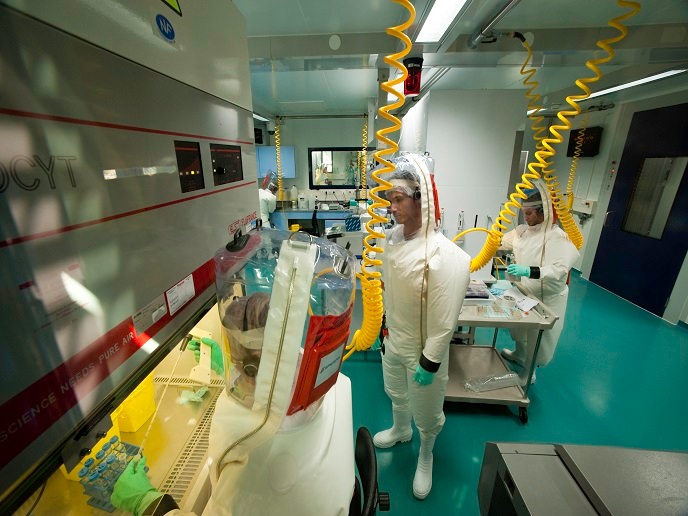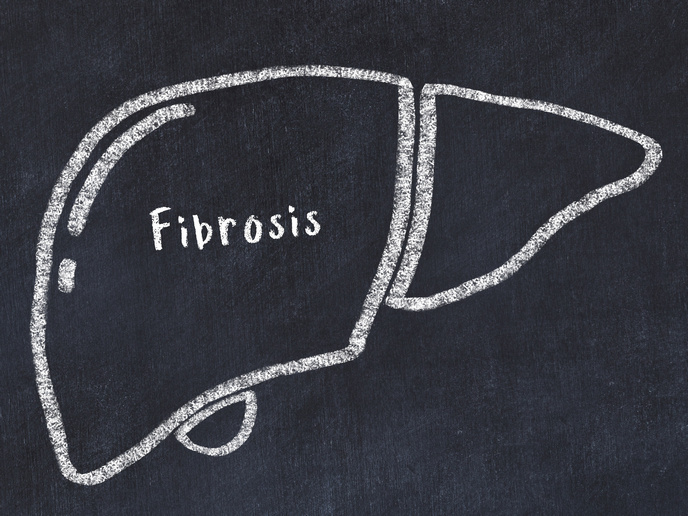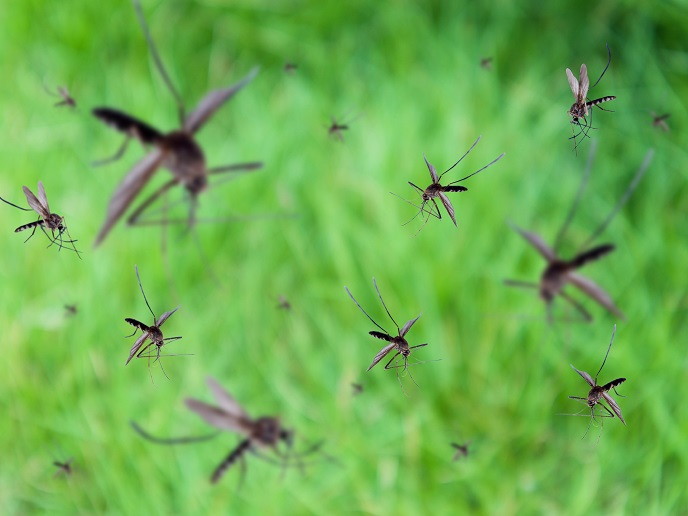Getting ready for the next pandemic
‘Spanish flu’ killed 50 million people a century ago. The recent emergence of SARS, Ebola and Zika viruses reminded the world of the potential havoc a pandemic can cause. But perhaps COVID-19 holds the record for disruption of our lives now that our societies are more sophisticated, bringing well-run health authorities to their knees and causing some estimated 15 million deaths so far. Despite antimicrobials and vaccines, the more recent outbreaks have demonstrated how vulnerable and unprepared to highly infectious diseases the world really still is.
Comprehensive strategy for long-term sustainability in the fight against pandemics
At the beginning of the same year of the COVID-19 outbreak in Wuhan, China, the ERINHA-Advance project ERINHA-Advance(opens in new window) was initiated. Coordinated by the European Research Infrastructure on Highly Pathogenic Agents(opens in new window) (ERINHA), the project brought together leading European high-containment facilities and included 11 pan-European partners from 8 Member States. Its main aim was to ensure that Europe’s unique infrastructure for fighting highly pathogenic agents transitioned to a successful operation. To make sure the project fulfilled this ambitious goal, ERINHA Advance laid appropriate foundations to build upon. To start, it developed action plans and strategies to enhance its capacities with new members, to increase international cooperation and outreach towards industry, sign service level agreements with members and reinforce the framework for transnational access to ERINHA’s facilities and services.
High level, high containment for high-consequence pathogens
During the project timeframe, ERINHA has expanded its high-containment facilities (bio-safety levels 3 and 4) capacity by six new members spanning 10 countries and provides access to all researchers with relevant scientific projects. Jonathan Ewbank, director general and project coordinator of ERINHA-Advance, explains the importance of the project: “Being the only research infrastructure of its kind in Europe, and indeed in the world, ERINHA addresses a critical need for access to high-containment facilities and helps bring the EU to the front of research excellence, competitiveness and preparedness to face highly infectious disease threats.” Six user projects were accommodated by providing access to the high-containment ERINHA facilities and services. Infectious microorganisms are grouped according to WHO’s classification by risk group(opens in new window). Two designated ‘risk group 4’ user projects significantly advanced the knowledge of Nipah virus(opens in new window) pathophysiology, as well as supported the preclinical development of a multivalent vaccine against Ebola, Marburg and Lassa viruses. Four other projects with ‘risk group 3’ status were selected after the launch of an emergency call for proposals in response to the COVID-19 pandemic. Dedicated to SARS-CoV-2 research, they specifically targeted diagnostics and therapeutics development.
Past challenges, future protection increased
The COVID-19 pandemic revealed critical gaps in European preparedness and research response. On the positive side, ERINHA was able to adapt to the situation and quickly respond to the challenges posed by the pandemic. Looking forward, from February 2022, ERINHA has coordinated a new EU-funded action: ‘Integrated Service for Infectious Disease Outbreak research’, ISIDORe(opens in new window), and provides free access to its facilities and expertise through ISIDORe calls for proposals. Ewbank, also the coordinator of the new action, concludes: “ISIDORe is a new approach to epidemic preparedness research in Europe. With our many partners, we intend to demonstrate that the establishment of a dedicated and integrated portfolio of infrastructure services for epidemic disease research can significantly impact the infectious diseases research landscape in Europe, and globally make a major contribution to European preparedness.”







